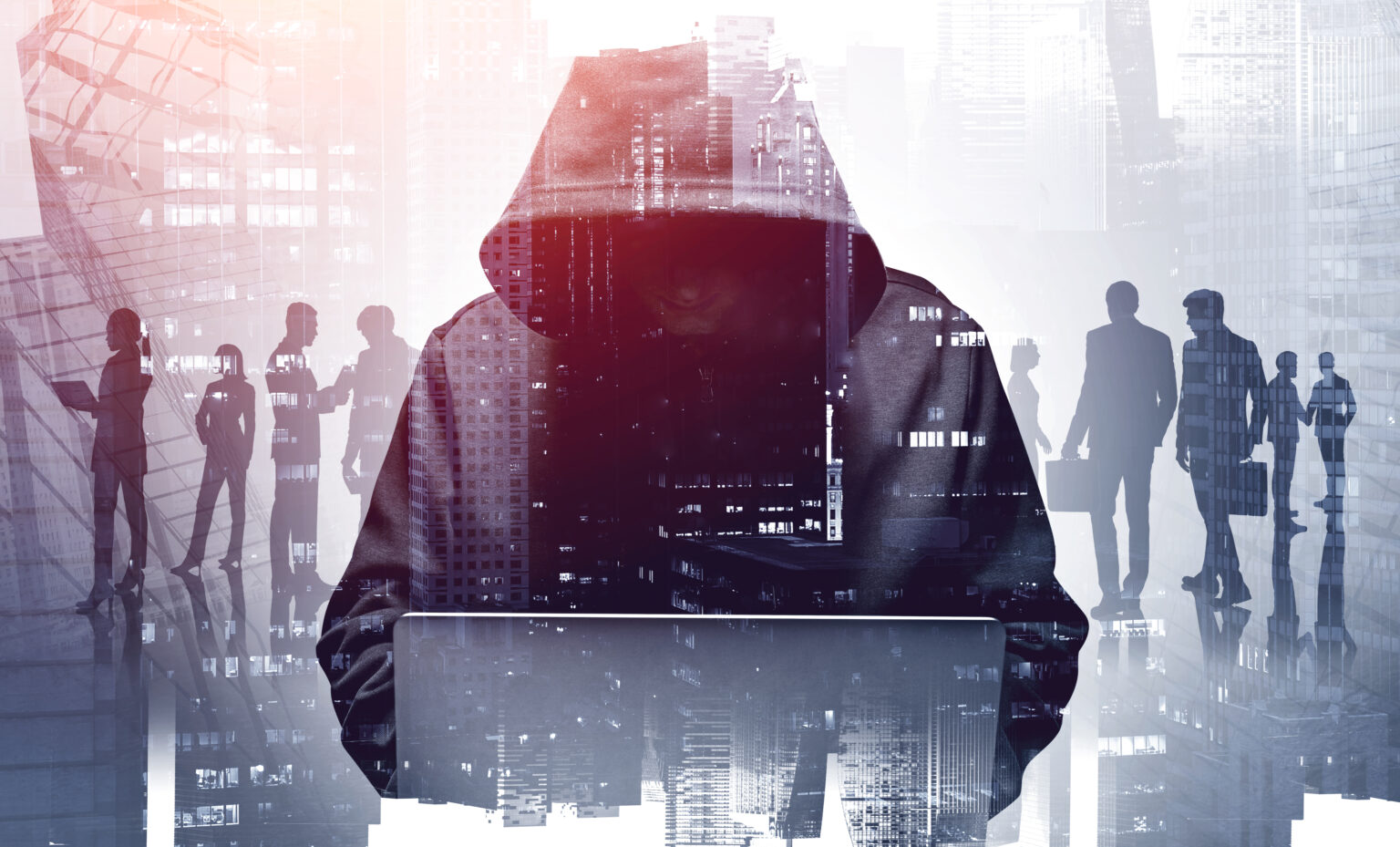In today’s increasingly digital world, cybersecurity has become a critical component for every industry—interior design included. While many may not immediately associate design with data protection, the truth is that the creative and operational processes we use at StudioSIX5 rely heavily on technology, making cybersecurity a top priority.
In this blog, StudioSIX5’s IT Director and licensed cybersecurity expert, Jose Patino, shares insights on why safeguarding sensitive information is just as important in the design world as it is in any other sector. From protecting proprietary designs and client data to securing the digital tools that help us bring our creative visions to life, Jose explains how we weave robust cybersecurity practices into the very fabric of our business—ensuring that both our ideas and our clients’ privacy are protected at every stage.
Cybersecurity has become more important to companies than ever before. Recent high-profile incidents such as the Social Security number leak, the MGM ransomware attack, and the CrowdStrike Windows Update crash have put a spotlight on the vulnerabilities facing modern organizations. These incidents make the headlines, but countless other attacks target small to medium-sized businesses every day. It’s become essential for companies to invest in cybersecurity measures that protect their interests and ensure business continuity.
Protecting your business from cyber threats isn’t just about implementing a single solution; it requires a comprehensive strategy involving multiple tools and best practices. This approach is known as a Cybersecurity Mesh (CSMA), where different technologies and tactics are integrated to provide layered security defenses. Rather than relying on a single product, businesses should adopt a diversified strategy—partnering with a trusted IT provider can help you research and implement the tools best suited to your needs.
While technical defenses are crucial, many companies overlook a foundational aspect of cybersecurity: well-defined policies. These policies provide a framework to handle incidents and maintain resilience. Below are five essential policies every business should implement to strengthen its cybersecurity posture:
1. BIA (Business Impact Analysis) • The BIA is a vital tool that helps a company determine which processes are mission- critical and the potential impact of disruptions. It helps identify the functions that must be prioritized in the event of an attack and informs recovery strategies. A well-crafted BIA will allow your organization to understand what’s at stake and develop effective mitigations.
2. BCP (Business Continuity Plan) • The BCP outlines how your company will respond during a disaster or emergency. It builds on the insights from the BIA, specifying how to minimize downtime, maintain financial stability, and continue serving customers during a crisis. For example, if a cyberattack affects the company’s core servers, a BCP would detail steps for redirecting operations to a backup site or utilizing cloud infrastructure to keep business functions running smoothly.
3. IRP (Incident Response Plan) • The IRP provides actionable steps for preparing, responding to, and recovering from a cyberattack. When an attack occurs, having a documented IR plan helps your team know how to contain the threat, limit the damage, and ensure compliance with regulatory requirements. For instance, if a ransomware attack occurs, an IR plan would outline steps such as isolating infected systems, notifying affected stakeholders, and initiating recovery procedures.
4. DRP (Disaster Recovery Plan) • Often considered the “gold standard” of recovery, the DRP provides a step-by-step guide for restoring critical systems after an attack or disaster. This plan is the blueprint that tells your team exactly how to resume normal business operations after a major disruption. The DRP may involve restoring backups, reconfiguring network infrastructure, or re-establishing data access for employees. The effectiveness of your DRP can mean the difference between a prolonged outage and a swift recovery.
5. TPRM (Third-Party Risk Management) • The TPRM policy is essential for evaluating and managing risks associated with external vendors. The recent CrowdStrike incident shows just how crucial it is to assess the risk posture of your third-party vendors. Your organization could have robust internal policies, but a poorly vetted third-party can introduce vulnerabilities that lead to serious breaches. With a TPRM policy, companies can audit and monitor vendor security practices, reducing the risks associated with external partners.
Implementing these five policies—BIA, BCP, IRP, DRP, and TPRM—helps create a holistic approach to cybersecurity. Not only do they enhance your company’s resilience against attacks, but they also provide a clear plan for business recovery. According to recent statistics, it’s no longer a matter of if an attack will happen, but rather when. Preparing your organization now can mean the difference between rapid recovery and prolonged, costly downtime.
To get started, businesses should collaborate closely with an experienced IT provider. Begin by conducting a Business Impact Analysis to understand your vulnerabilities, then develop a comprehensive Business Continuity Plan and a Disaster Recovery Plan. Ensure your Incident Response Plan is well-defined, and don’t neglect the risks that come from third parties—implement a Third-Party Risk Management strategy.
Cybersecurity requires a proactive approach; by focusing on both technology and strategic planning, your company will be better prepared to handle the cyber challenges of today and tomorrow.
As we blend creativity with technology, maintaining a strong cybersecurity framework is not just an added benefit—it’s a necessity in today’s interconnected design landscape.
